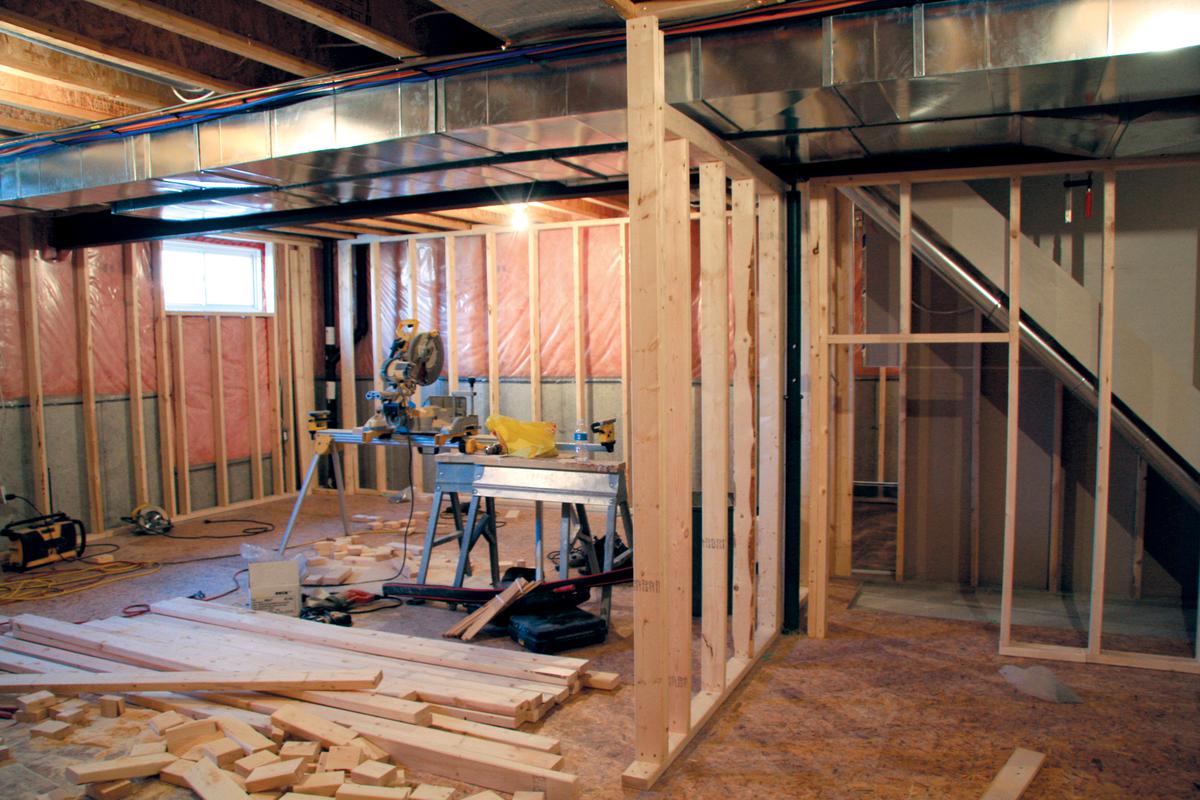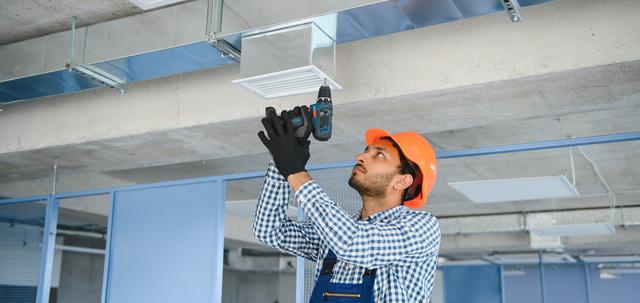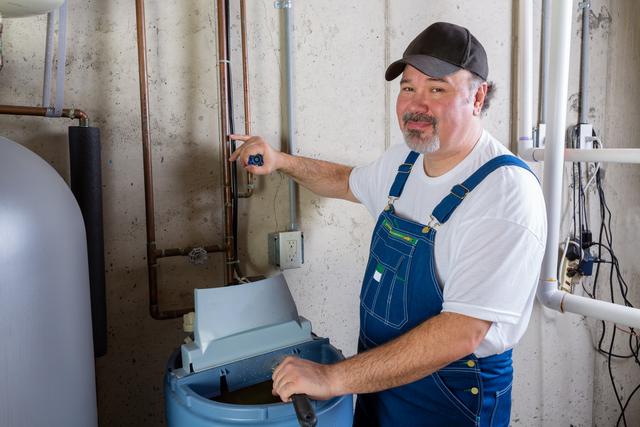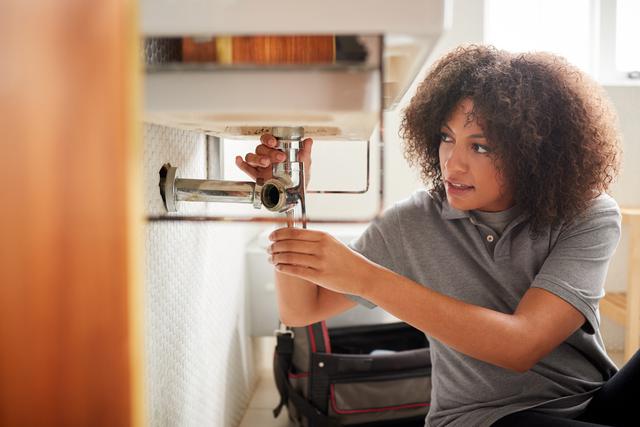Adding a new addition to your home is an exciting and challenging project that requires careful planning and execution. One crucial aspect of this process is the plumbing installation, which should be designed to meet your household's needs and comply with local building codes. In this article, we'll discuss the top three things you should consider when installing plumbing for a new addition, including the average cost of the project.
Size and Layout of the Addition
The size and layout of your new addition will determine the type and amount of plumbing required for the project. For instance, if you're building a new bathroom or kitchen, you'll need to install water supply lines, drainage pipes, and fixtures such as sinks, toilets, and showers. The number of fixtures you install will affect the overall cost of the project. Additionally, the location of the new addition in your home and its distance from the existing plumbing infrastructure will impact the complexity and cost of the installation.
Plumbing Material and Quality
The choice of plumbing material and quality can have a significant impact on the durability and efficiency of your plumbing system. Copper and PVC are two common materials used in plumbing installations, each with its advantages and disadvantages. Copper is more expensive than PVC but has a longer lifespan and is resistant to corrosion. PVC, on the other hand, is cheaper and easier to install, but can become brittle over time and may crack or leak under extreme conditions. You should consult with a professional plumber to determine the best material and quality of plumbing for your specific needs and budget.
Building Codes and Permits
Building codes and permits are essential considerations when installing plumbing for a new addition. You'll need to ensure that your plumbing installation meets the minimum requirements and standards set by your local building authority to avoid any legal or safety issues. Obtaining the necessary permits can be a lengthy and costly process, but it's necessary to ensure that your plumbing installation complies with all relevant regulations. A professional plumber can help you navigate the permitting process and ensure that your plumbing installation meets all building codes.
Cost of Plumbing Installation for a New Addition
The cost of plumbing installation for a new addition can vary depending on several factors, including the size and complexity of the project, the type and quality of materials used, and the local labor costs. According to HomeAdvisor, the average cost of a plumbing installation for a new addition ranges from $1,500 to $15,000 or more, depending on the scope of the project. This cost includes labor, materials, and permits, but excludes any additional fixtures or appliances.
In conclusion, installing plumbing for a new addition requires careful planning, consideration, and professional expertise to ensure a successful and safe project. By considering the size and layout of your addition, the plumbing material and quality, and the building codes and permits, you can ensure that your plumbing installation meets your household's needs and budget. If you're planning a new addition, it's essential to consult with a licensed plumber to ensure that your plumbing installation meets all local codes and regulations.






comments